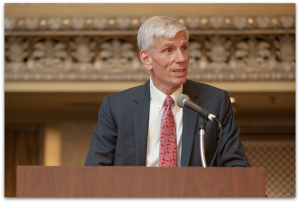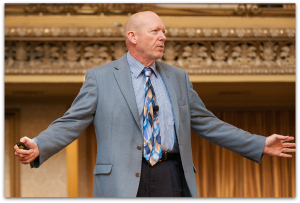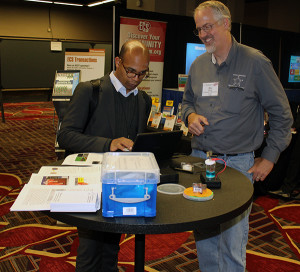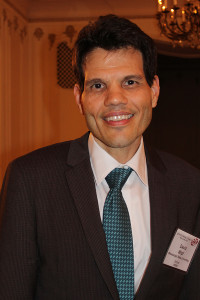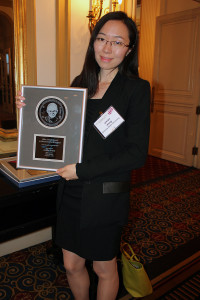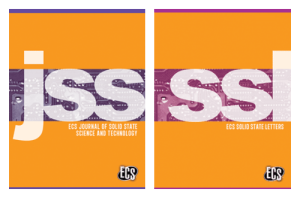Researchers from Cambridge University have developed low-cost pollution detectors to help combat the world’s largest environmental health risk.
“To work out the factors we should be worried about, and how we can intervene, we need to rethink how we measure what’s going on,” said atmospheric scientists Professor Rod Jones.
While pollution detectors do exist, their network is currently limited due to the high cost of the devices. Jones and his team have set out to develop a small, low-cost pollution detector that is sensitive enough to track air changes and quality on a street-by-street basis.
The team based their work on an electrochemical sensor that is industrially safe and can detect toxins at the parts-per-billion level.


